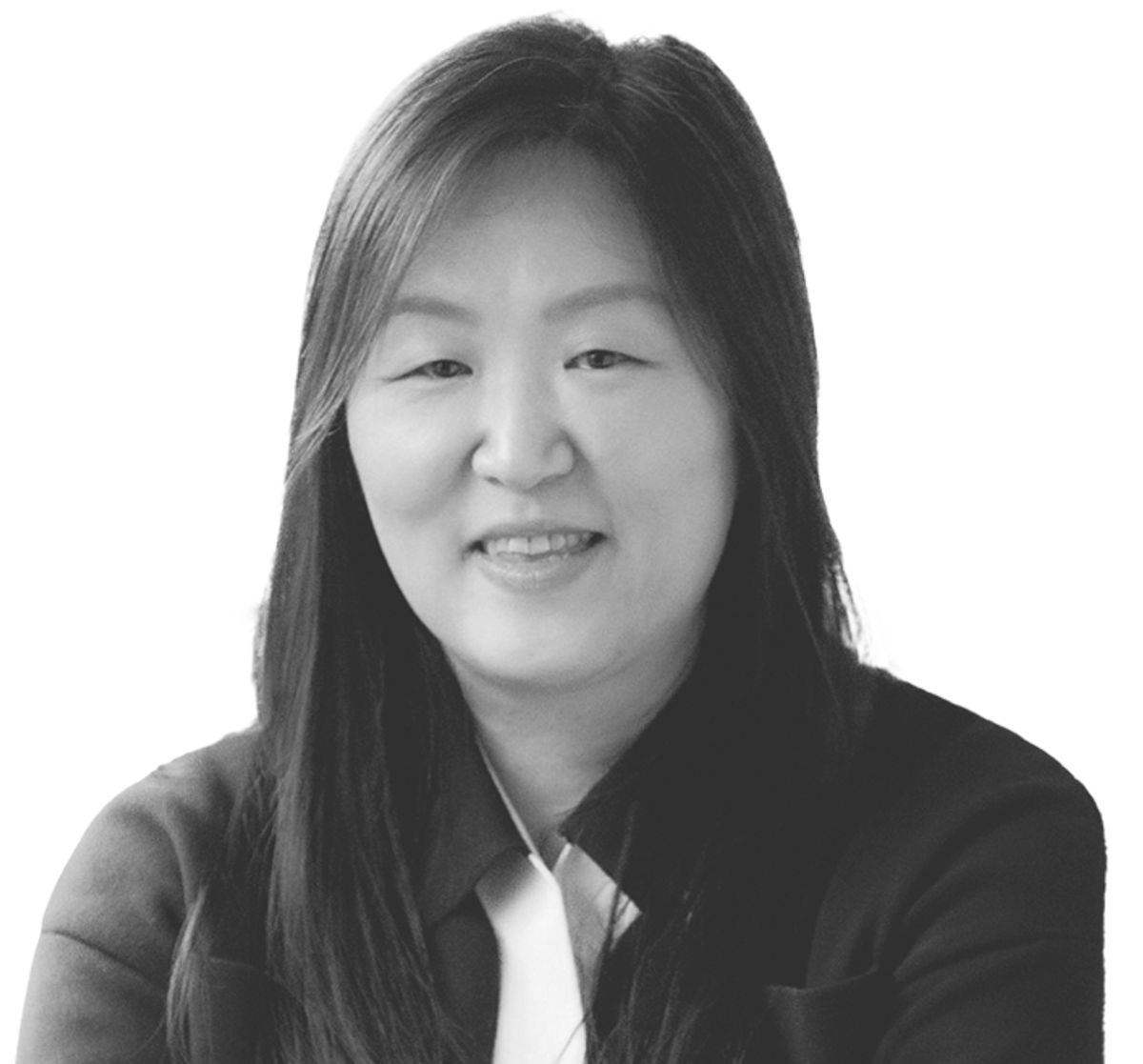The Art Newspaper: If you could live with just one work of art, what would it be?
Sook-Kyung Lee: It would be Nam June Paik’s TV Buddha (1974). It’s one of Paik’s iconic works that features an antique Buddha statue, a CCTV camera and a TV monitor. The Buddha’s image is filmed and shown live, manifesting the cyclical nature of being, while also touching upon our vanity. I like the way that the loaded ambiguity of the subject is embedded in the simplicity of the form.
Which cultural experience changed the way you see the world?
The gradual and continuous shift that I have experienced since my move to London in 1999. Having grown up in Seoul, where the economic, political, social and cultural landscapes faced many rapid changes, the British way of living and working seemed rather calm but in a way stagnant. I mostly noticed differences at first but then I realised there were some shared values, and that differences could be good sources of inspiration and admiration among disparate communities. I think such an experience influenced and deepened my interest in finding new ways of understanding the global nature of contemporary art that are based on a sense of respect and commonality that defy hierarchical perspectives.
Which writer or poet do you return to the most?
I am partial to philosophical writings and one of my favourites is [ancient Chinese text] the Zhuangzi. It is filled with allegories, parables and anecdotes, and has a universal quality in exploring the complexity of human values and ethics of living. I also find it fascinating that the text is a kind of collective writing, compiled and changed over many centuries.
What music or other audio do you listen to as you work?
I like listening to ambient music like [London-based musician] Wil Bolton. The juxtaposition of subtle melodies and the everyday sounds of urban environments, like birds chirping in the midst of traffic noise, creates a delicate balance between what can be heard and what might not be.
What are you watching, listening to or following that you would recommend?
All kinds of sci-fi interests me and I watch old and new films of space travel, alien encounters and galactic wars very often. I was quite surprised to see the recent film Everything Everywhere All At Once was regarded as sci-fi, but soon realised that its deceptively quotidian quality indeed made it representative of the genre.
What is art for?
Inspiring us to imagine a better future and enabling us to realise it.
• Gwangju Biennale, South Korea,
7 April-9 July, gwangjubiennale.org


